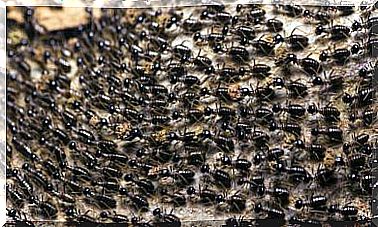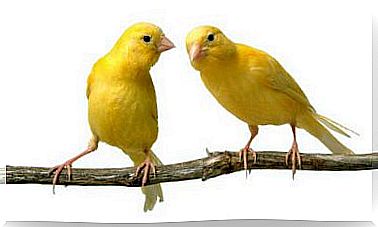How To Take Care Of A Turtle
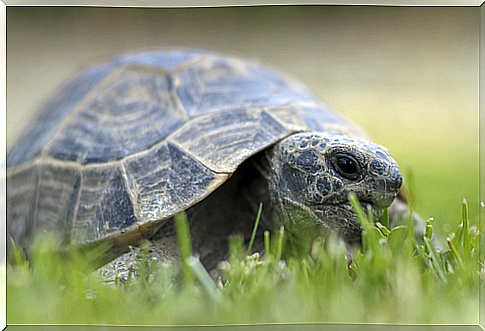
The tortoise is not one of the most common pets, but it is often a good choice for those who prefer to have an animal that does not overgrow and does not have the affective needs of a dog or cat. However, it must be kept in mind that these animals also need special care. Here are some tips that will help you take care of a turtle.
Some warnings before taking a turtle
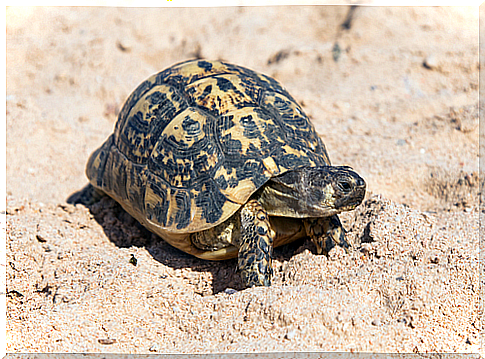
Some types of turtles are endangered animals, belong to protected species or cannot be marketed. Above all, remember that a turtle should not be removed from its natural habitat, even if found during a trip. This, in addition to being inhuman treatment, is a crime in most countries and could lead to legal problems. Better do some research before you have to explain to the police.
Always keep a new turtle in quarantine before putting it together with other specimens, especially if you do not know its origin. Also keep in mind that they are not animals that you can interact with too much, because they would risk getting sick or having accidents.
Never leave a turtle in the exclusive care of a child (as well as other small animals). I know many will think differently on this point, but an animal should not be used for empowerment experiments. Accidents are among the most frequent causes of death among domestic turtles and many are due to incorrect handling or care by a child. If you want to empower a child, rather entrust him with an assignment to be carried out in a certain amount of time, do not put in his hands a living being that could suffer from it.
Special care
How to take care of a turtle depends a lot on the species it belongs to. In general, there are two types of turtles:
Water turtles
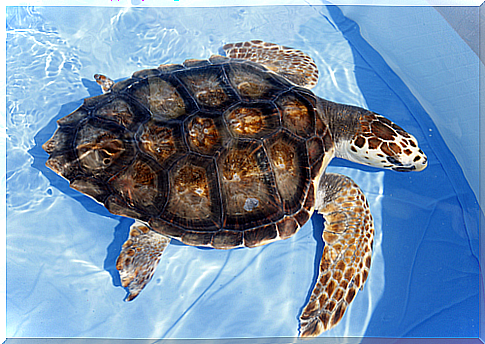
They require a habitat with enough space and water to be able to swim freely. Usually large turtle tanks are used (in order not to hinder the growth of the turtle) filled with fresh or salt water and a strip of land that allows it to rest and sunbathe. It must be deep enough for the turtle to dive, as his favorite activity is swimming. Place the turtle in a place where it can receive the sun, as this is how turtles regulate their body temperature, as well as being good for their shells and bones.
Keeping the water clean is essential for the turtle’s health, you must avoid the proliferation of bacteria that could make it sick. So buy a filter and change the water frequently, depending on how many turtles you have (it is always better to keep a couple so as not to make them suffer from boredom or depression). The temperature must be kept between 25 and 28 degrees. Doing so will protect them from thermal shock. Remember that turtles don’t regulate their temperature like we mammals. A constant temperature will ensure that they do not go into hibernation, which is normal, but which could create anxiety if you do not know how to manage it. It must be said, however, that not all species hibernate.
Land turtles
Compared to aquatic turtles they need more space to be able to move, as they spend most of their time on the ground. Furthermore, this space must be free from predators (cats, dogs, some birds). Also for them it will be necessary to prepare a space where they can swim.
A courtyard with a small pond would be ideal when they are adults: as long as they are small, a small aquarium will suffice. These turtles also need shelter to sleep or hibernate (if needed). In this regard, be careful: some turtles like to dig a hole in the mud and enter it. If you don’t notice and lose sight of them, they could die if the mud dries up long before hibernation ends.
Diet
Turtles are easy to feed, it is generally recommended to give them foods rich in calcium, but they can also eat all kinds of fruits and vegetables. Some also eat meat. Turtles have a tendency to be greedy, check the amount of food they feed. Excessive feeding is first of all harmful to the animal and also will force you to clean the water more frequently, otherwise the decomposition of the leftover food will lead to the development of bacteria. A turtle can also eat rice and corn. Food must be mixed with plants and flowers. If left free in the yard, it is likely to feed on earthworms, snails and caterpillars, which are part of its natural diet.
Common diseases
Turtles tend to suffer from fungal infections on the shell if not cleaned properly, and weakness in the bones or shell due to vitamin D deficiency (usually due to lack of sun exposure). Eye infections are also common (the main symptom is swelling) and diseases of the respiratory system, which occur with the appearance of cough and mucus.


